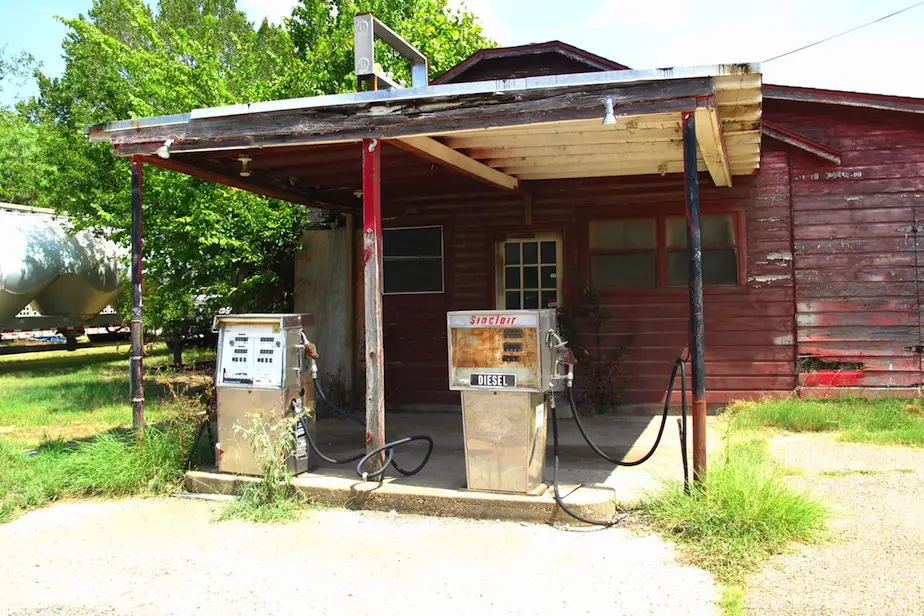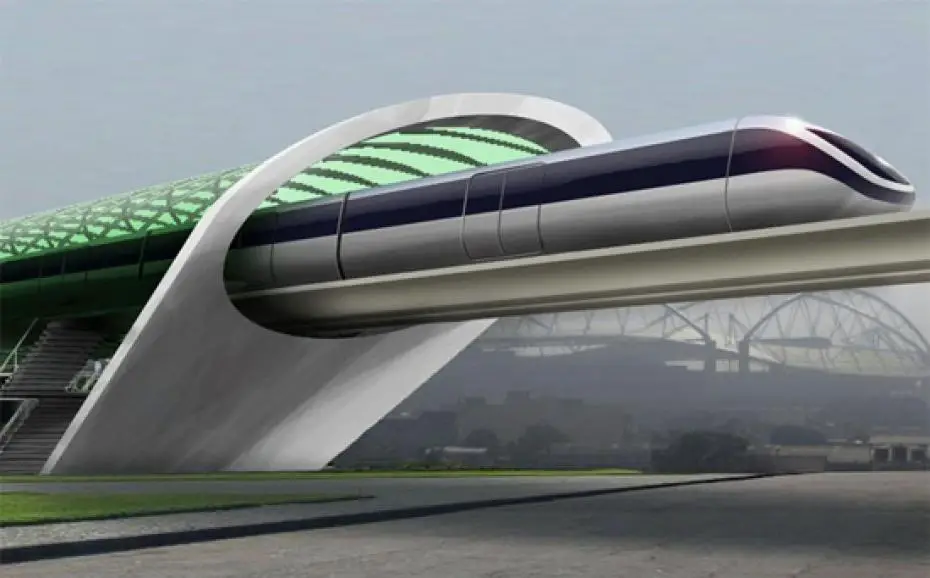When we last checked in on the situation in Brazil, the protests against fare hikes in Sao Paulo and around the country were heating up. Against the backdrop of the fanfare made over the opening of the Confederations Cup, working class transit riders, lead by the Movimento Passe Livre, demanded the cancelation of a R$0.20 fare hike in Sao Paulo, paralleled by similar protests elsewhere in the country. The protests of some 5,000 on June 14 people drew the ire of Brazil’s military police, but president Dilma Rouseff preferred to stay silent.
But few could have foreseen what happened next: an explosive wave of protests in which hundreds of thousands of people took to the streets. A graph from Sao Paulo’s Estado newspaper (translated into English below) shows the magnitude of the protests, measured by activity on social networks. Between June 17 and 28, hundreds of protests enveloped virtually every major Brazilian city. The protests also gained widespread coverage in news sources in other countries, who insisted on referring to them as the “Brazillian Spring” despite the fact that in Brazil’s largest cities, it’s actually winter.

Protesters demanded a broad swath of necessary changes for the country, including better health and education systems, as well as frustration at the special treatment granted to FIFA in preparation for the World Cup in 2014. But the core of the protest remained linked to the urban soul of the protester’s grievances. Brazil’s cities today are a physical manifestation of the social divisions that for so long have plagued the country.
The protest against a fare hike struck a vein that includes a broad swath of urban problems across the country, including the forceful eviction of residents of the informal Villa Autodromo in Rio, money used for stadium construction in Brasilia, along with the congestion and transit issues that started it all in Sao Paulo. On June 19, protesters won a major victory by compelling the transit agencies in Sao Paulo and Rio to cancel fare hikes. As a result, protests settled down a bit, but by then it was clear that the collective grievances raised by the original movement were not going away.
President Dilma Rouseff, who in the early stages of the protest had kept quiet on the issue, finally had no choice but to address them directly as they reached a critical mass. On the week of June 24, she launched a series of discussions with leaders of various citizen groups, including Movimento Passe Livre, on how they could resolve their issues. But the meetings ended in something of a cliffhanger; Passe Livre members felt that Dilma seemed “unprepared”, while Dilma herself complained that the idea of a free transit fare was “unfeasible”.
Meanwhile, protests continued. The championship match of the Confederations Cup on June 30 saw a dramatic clash in front of Rio’s Maracaná stadium, as well as in other parts of the country (Portuguese readers, see this minute-by-minute breakdown here). Since then, the protests have branched out, including calls for a general strike, truckers’ and nurses’ strikes, and continuing protests over fares. While international coverage has dipped, they continue to be a pressing issue within Brazil, threatening Dilma’s political future and prompting plans for new meetings between her and group leaders.
One month earlier, it looked as though the legitimate concerns of the protesters could easily be swept under the rug by a government eager to push a triumphalist message during the Confederations Cup. But the cup ended up playing out rather differently, and in general, to the advantage of average Brazilians. In theory, protester got what they wanted: fares didn’t go up, at least for now. But the real issue isn’t something that can be swept under the rug with a few presidential photo ops. In addition to issues such as education, healthcare, and the fight to end corruption, the irresponsible construction of Brazil’s cities create problems for anyone who can’t afford, like the millionaire class of Sao Paulo business leaders, to commute by helicopter. And the protests, as remarkable as they were, won’t be enough if they only last one month. Citizens need to maintain pressure on their government if they want to fundamentally change Brazil’s urban problem.
How should Brazilians go about doing this? During the protests, Brazilian transportation blog The City Fix Brazil interviewed transportation expert Eduardo Vasconcelos, who reminded readers that “Congestion grew significantly over the last 20 years and is caused mostly by excessive use of the private car… [this] should be limited, and public transportation by bus should be provided at higher levels of quality and speed.” More recently, Sao Paulo’s Via Trolebus has taken the opportunity given by the protests to examine urban transportation in Brazil, and give some motivation to average Brazilians to participate in this issue:
“Urban mobility is almost like a living organism, since trains, subways, buses, and even bicycles need to be integrated together by creating facilities and travel options for citizens.
And now that public transportation is in the news, on the covers of newspapers and magazines, as the hot topic of the day, it’s a great time to talk about it. The discussion should be encouraged, refined, and argued not only in the campaign promises of candidates in next year’s election, but above all by you the reader, who wants and needs a better transportation system in your daily life.“
The wave of protests last month is a sign of hope that Brazilians will hear this and keep up the political pressure necessary to build a better transportation system in the long term.
Drew Reed is an online media producer and community activist specialising in sustainable transportation. He lives in Buenos Aires.
Top image via Adam Jones


